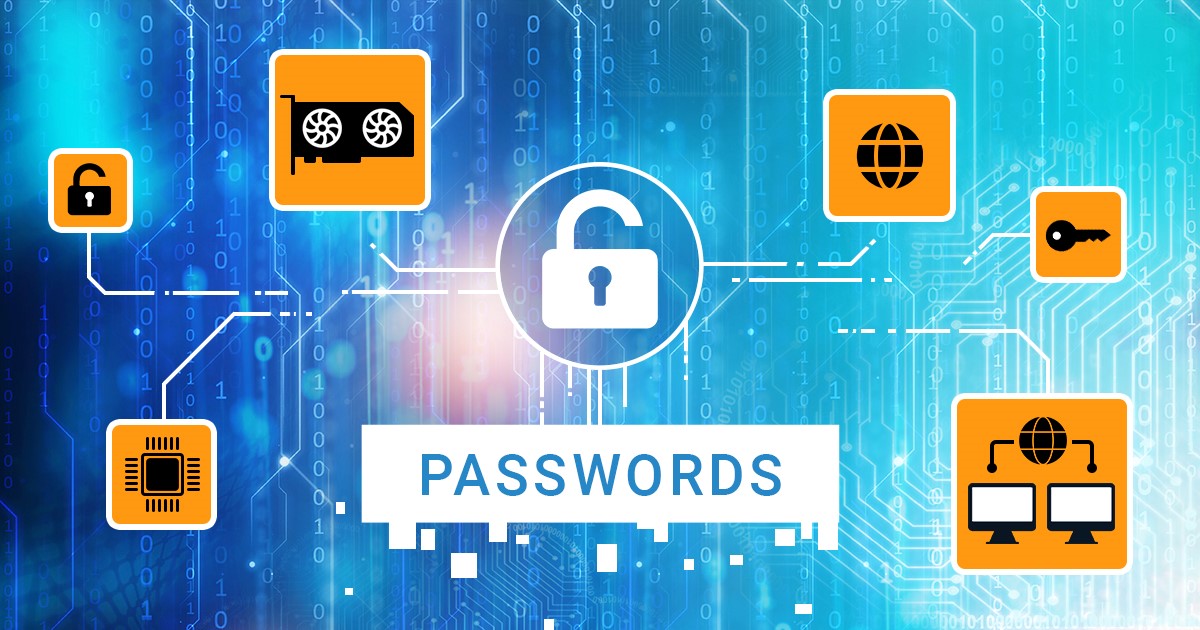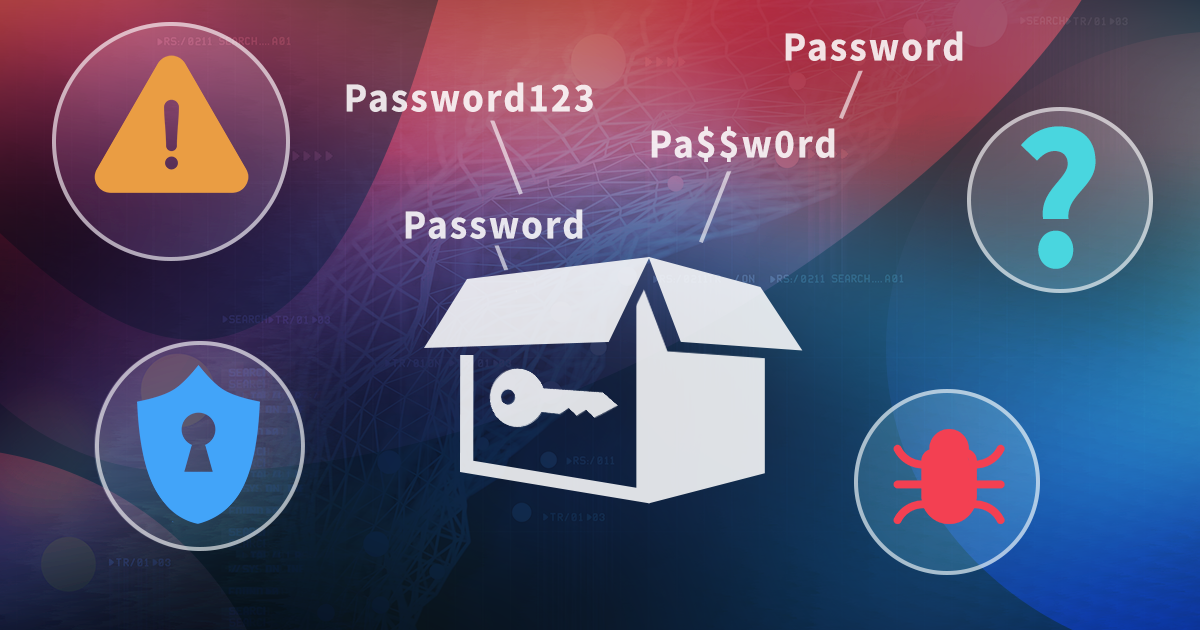Microsoft has officially announced that newly created Microsoft Accounts will now be passwordless by default for “simpler, safer sign-ins”. This change extends the direction set by Windows 11, where traditional passwords have been gradually phased out in favor of more secure and user-friendly authentication methods – such as PIN codes, biometrics, and passkeys. In this article, we will evaluate the forensic implications of this move.
The Windows 11 24H2 update introduced a change in Microsoft’s approach to disk encryption, a shift that will have long lasting implications on digital forensics. In this release, BitLocker encryption is automatically enabled on most modern hardware when installing Windows when a Microsoft Account (MSA) is used during setup. Encryption starts seamlessly and silently in the background, covering even Home editions and consumer devices such as desktop computers that historically escaped full-disk encryption defaults.
Access to encrypted information can be gained through various methods, including live system analysis (1 and 2), using bootable forensic tools, analysis of sleep/hibernation files, and exploiting TPM vulnerabilities, with password recovery being the last option on the list. Each method has different resource requirements and should be used in order of least resource-intensive to most time-consuming, with password recovery as the last resort. Familiarize yourself with the different encryption recovery strategies and learn about data formats with weak protection or known vulnerabilities.
Live system analysis is the easiest and often the only way to access encrypted data stored on BitLocker-protected disks. In this article we’ll discuss the available options for extracting BitLocker keys from authenticated sessions during live system analysis.
Encrypting a Windows system drive with BitLocker provides effective protection against unauthorized access, especially when paired with TPM. A hardware upgrade, firmware update or even a change in the computer’s UEFI BIOS may effectively lock you out, making your data inaccessible and the Windows system unbootable. How to prevent being locked out and how to restore access to the data if you are prompted to unlock the drive? Read along to find out.
BitLocker, BitLocker recovery key, disk encryption, EDPR, EFDD, ESR, recovery key, TPM, Windows, Windows 10, Windows 11
Windows 11 introduces increased account protection, passwordless sign-in and hardware-based security. What has been changed compared to Windows 10, how these changes affect forensic extraction and analysis, and to what extent can one overcome the TPM-based protection? Read along to find out!
When analyzing connected computers, one may be tempted to pull the plug and bring the PC to the lab for in-depth research. This strategy carries risks that may overweigh the benefits. In this article we’ll discuss what exactly you may be losing when pulling the plug.
BitLocker, disk encryption, EFDD, fast startup, hibernation, hybrid sleep, low power, TPM, TrueCrypt, VeraCrypt, Windows 10
Investigating a BitLocker-encrypted hard drive can be challenging, especially if the encryption keys are protected by the computer’s hardware protection, the TPM. In this article, we’ll talk about the protection that TPM chips provide to BitLocker volumes, and discuss vulnerabilities found in today’s TPM modules.
The wide spread of full-disk encryption makes live system analysis during incident response a challenge, but also an opportunity. A timely detection of full-disk encryption or a mounted crypto container allows experts take extra steps to secure access to encrypted evidence before pulling the plug. What steps are required and how to tell if the system is using full-disk encryption? “We have a tool for that”.
BitLocker is Windows default solution for encrypting disk volumes. A large number of organizations protect startup disks with BitLocker encryption. While adding the necessary layer of security, BitLocker also has the potential of locking administrative access to the encrypted volumes if the original Windows logon password is lost. We are offering a straightforward solution for reinstating access to BitLocker-protected Windows systems with the help of a bootable USB drive.


